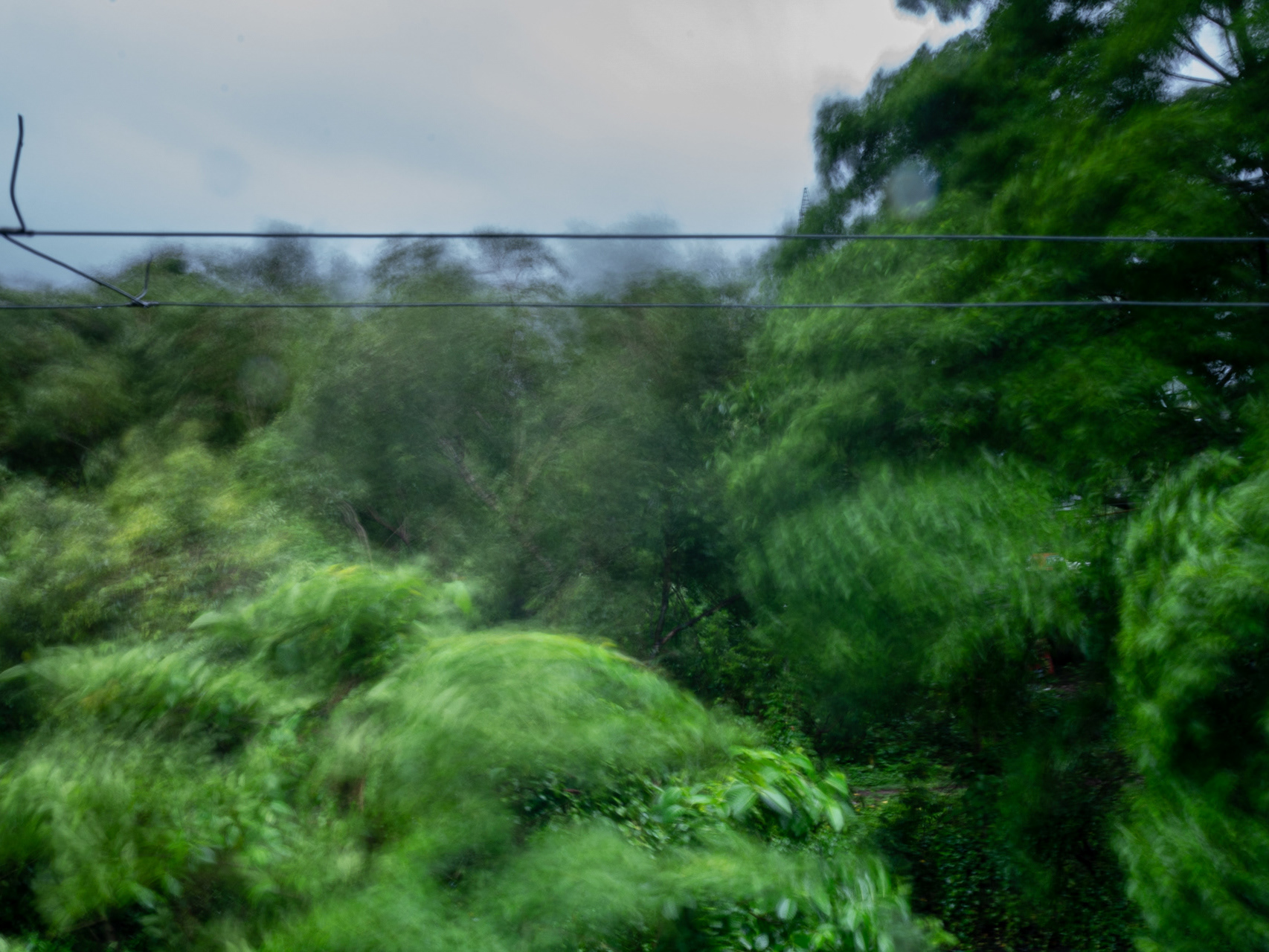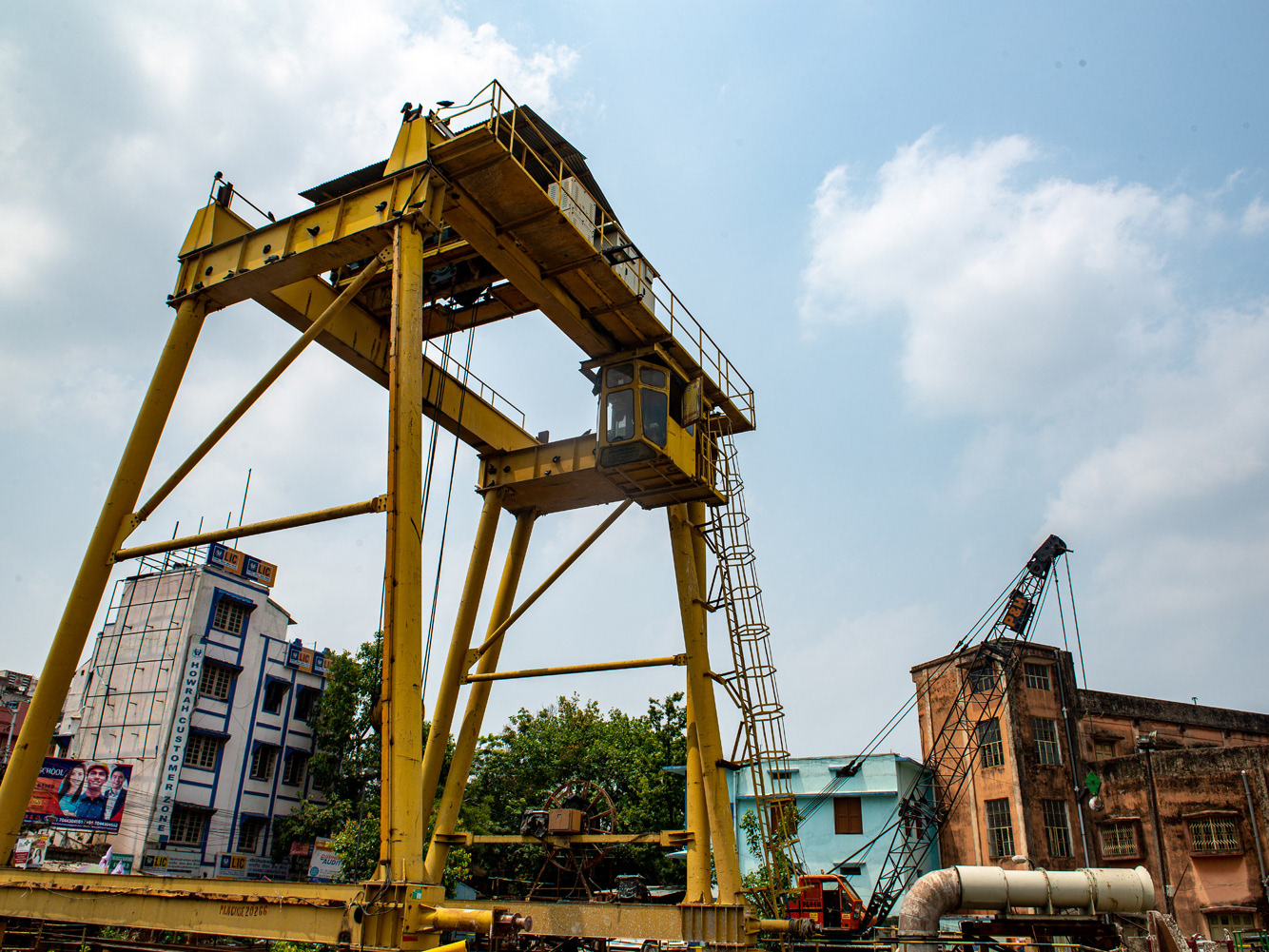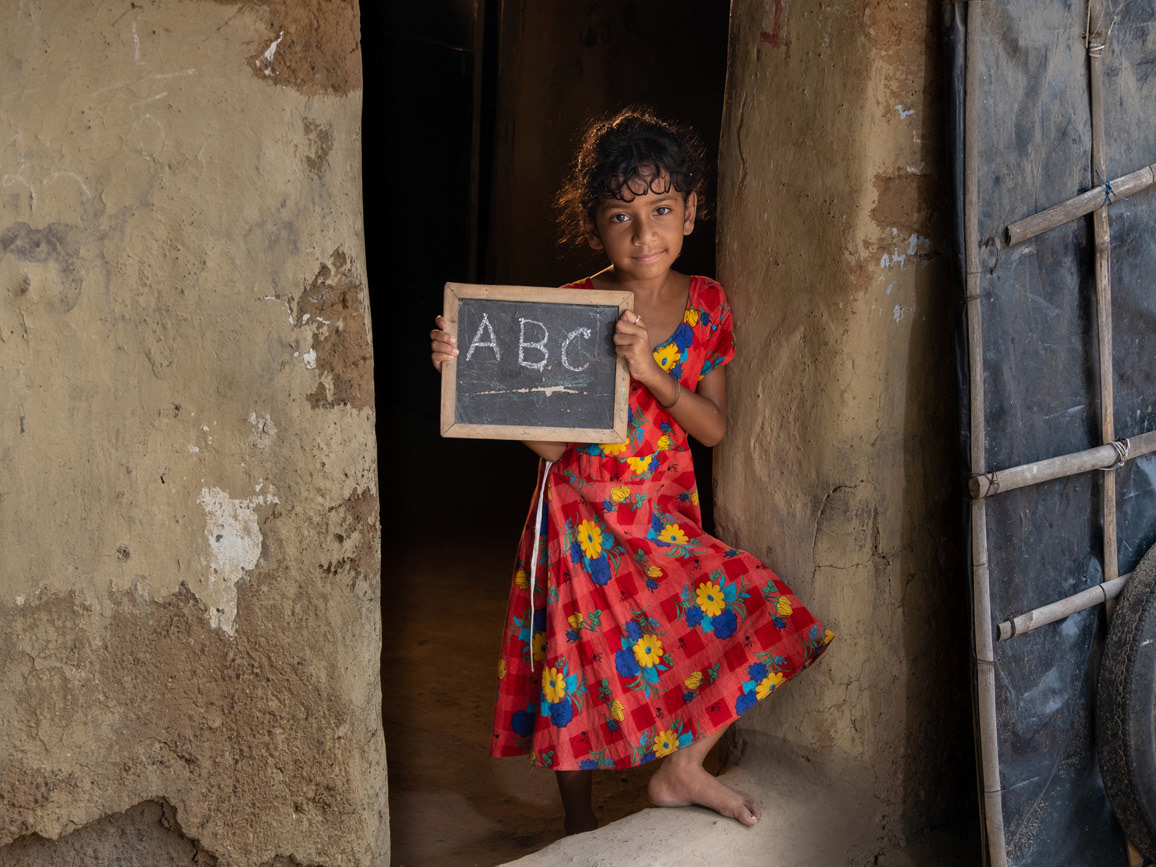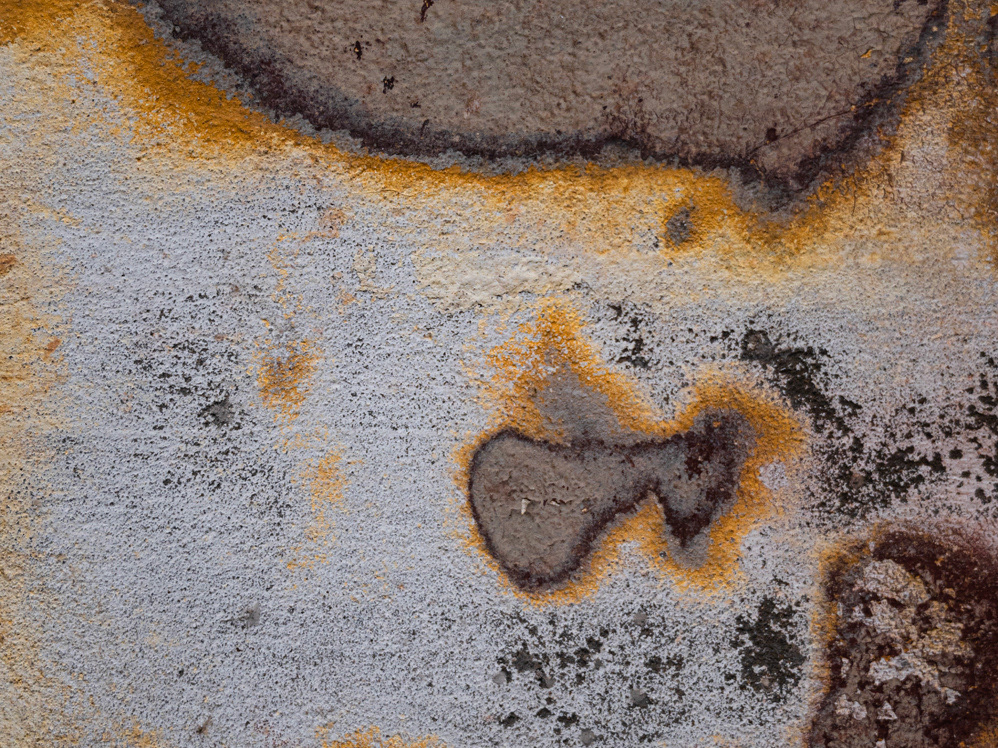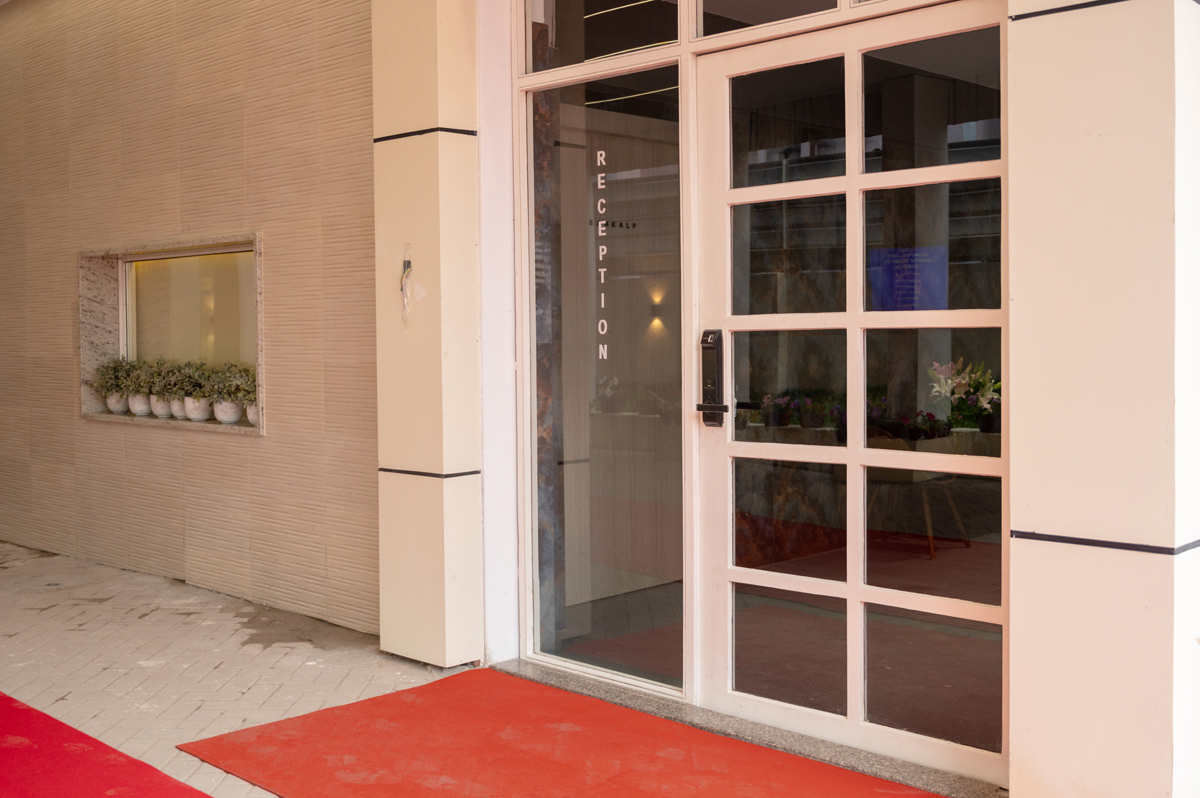
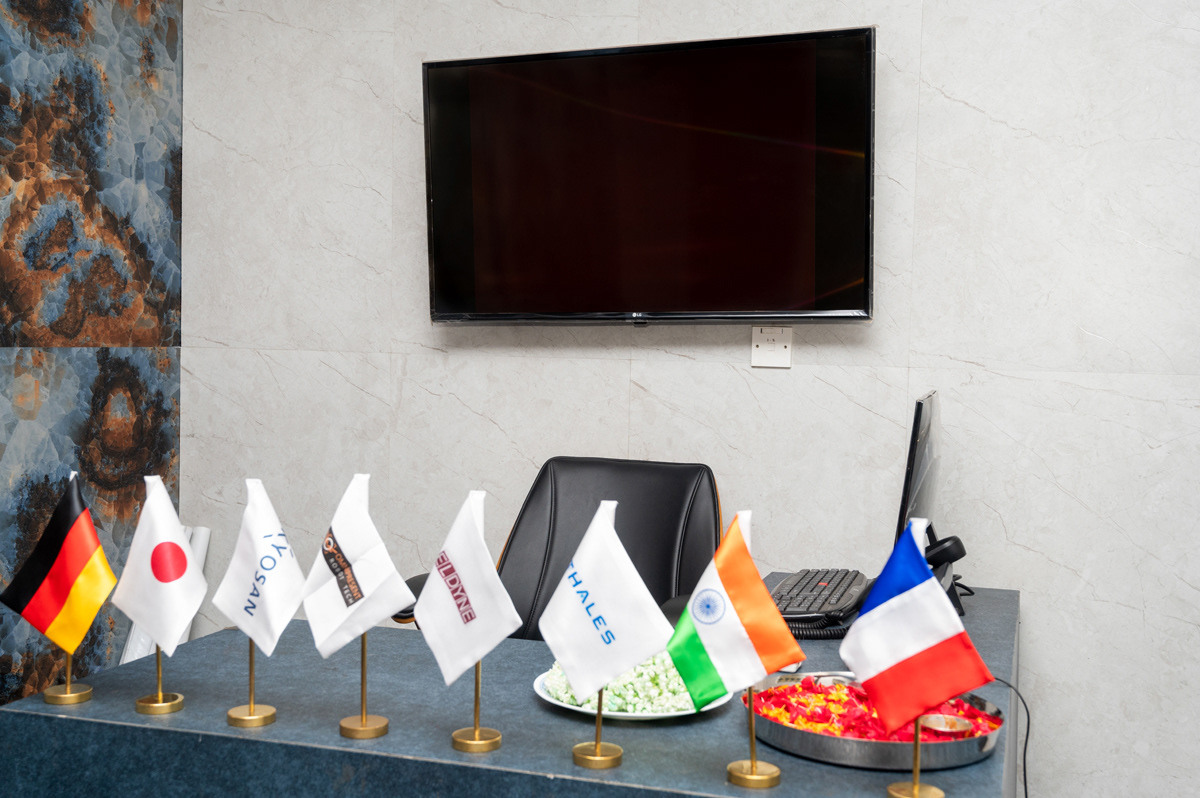
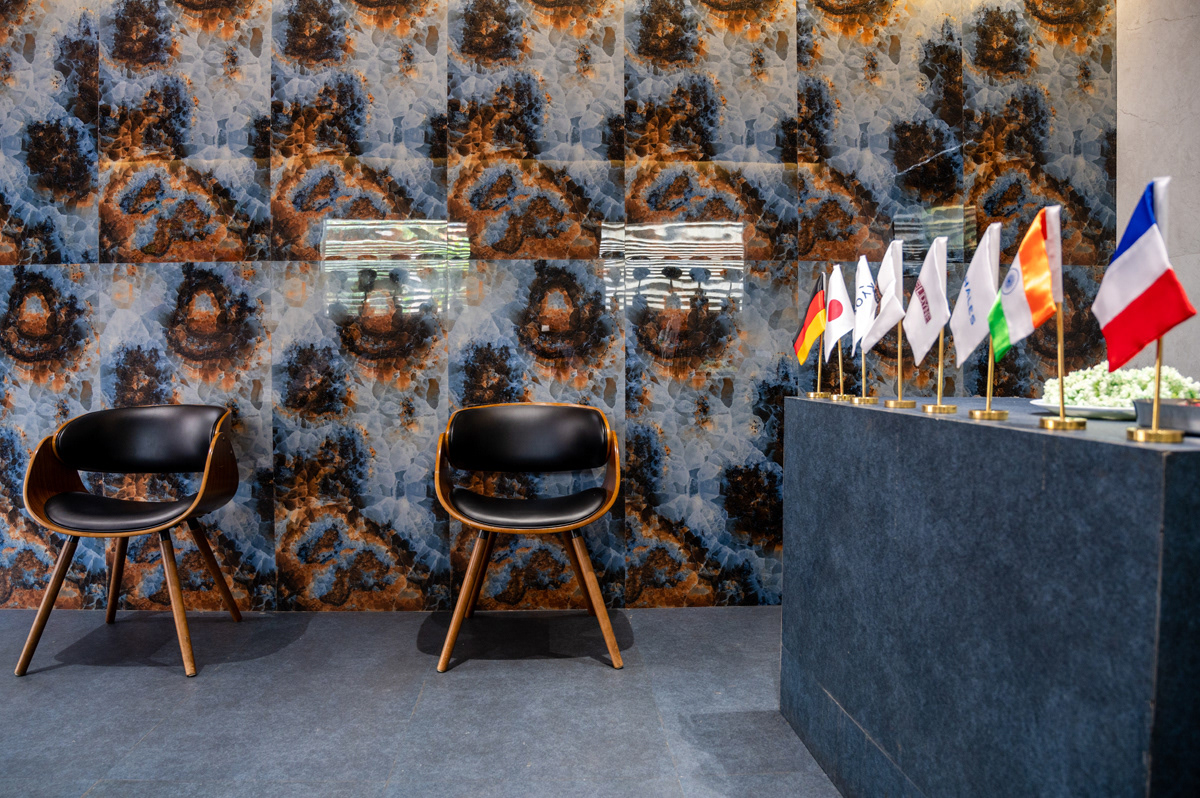
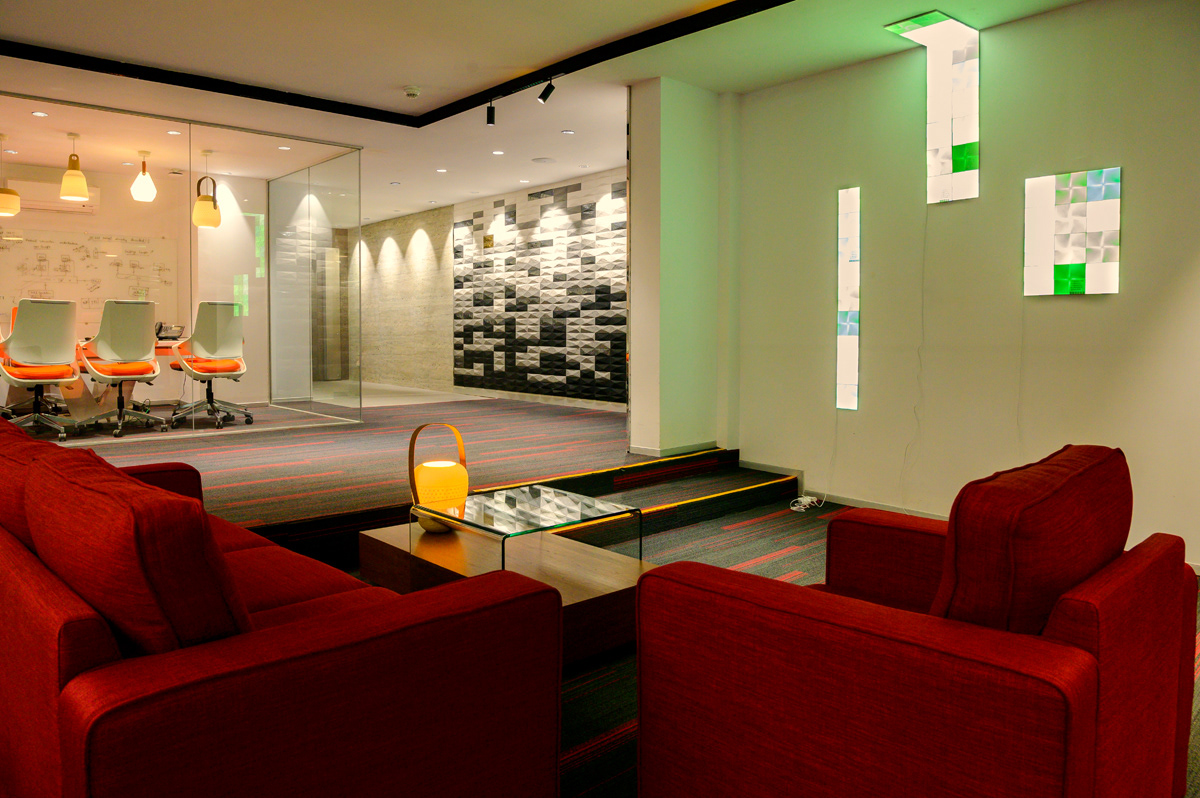
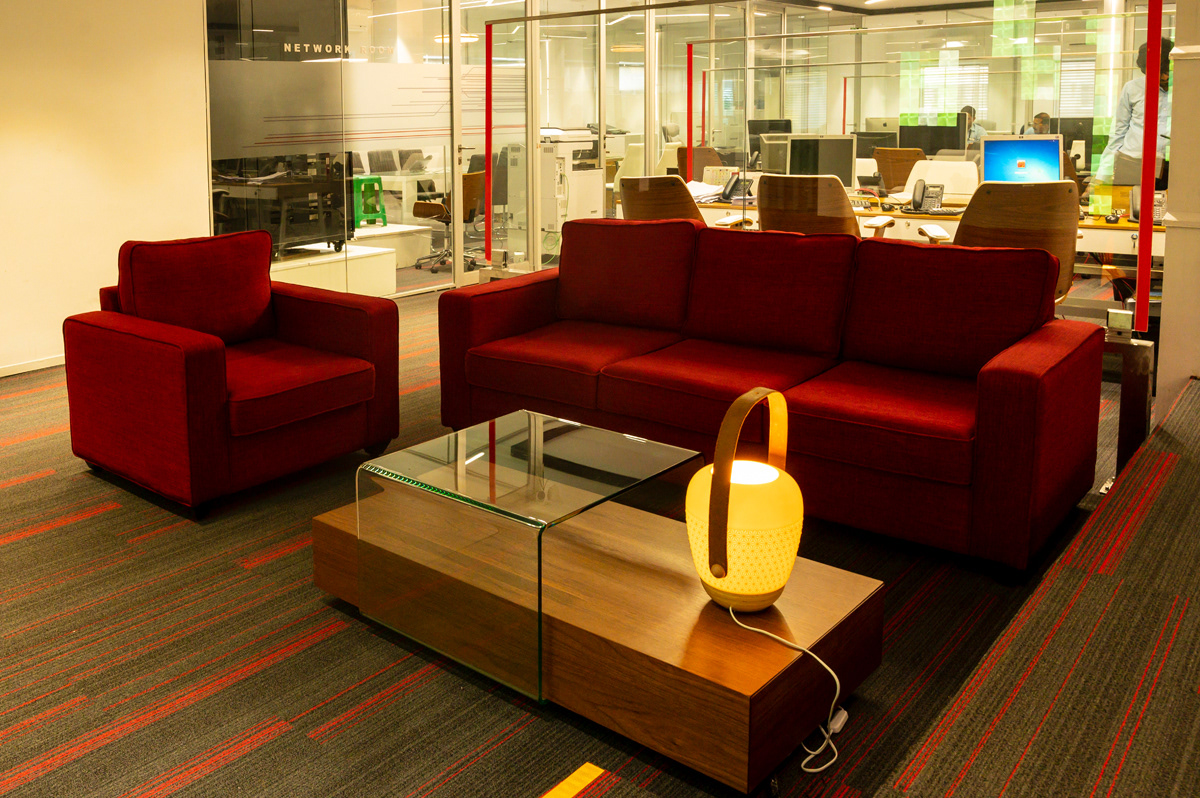
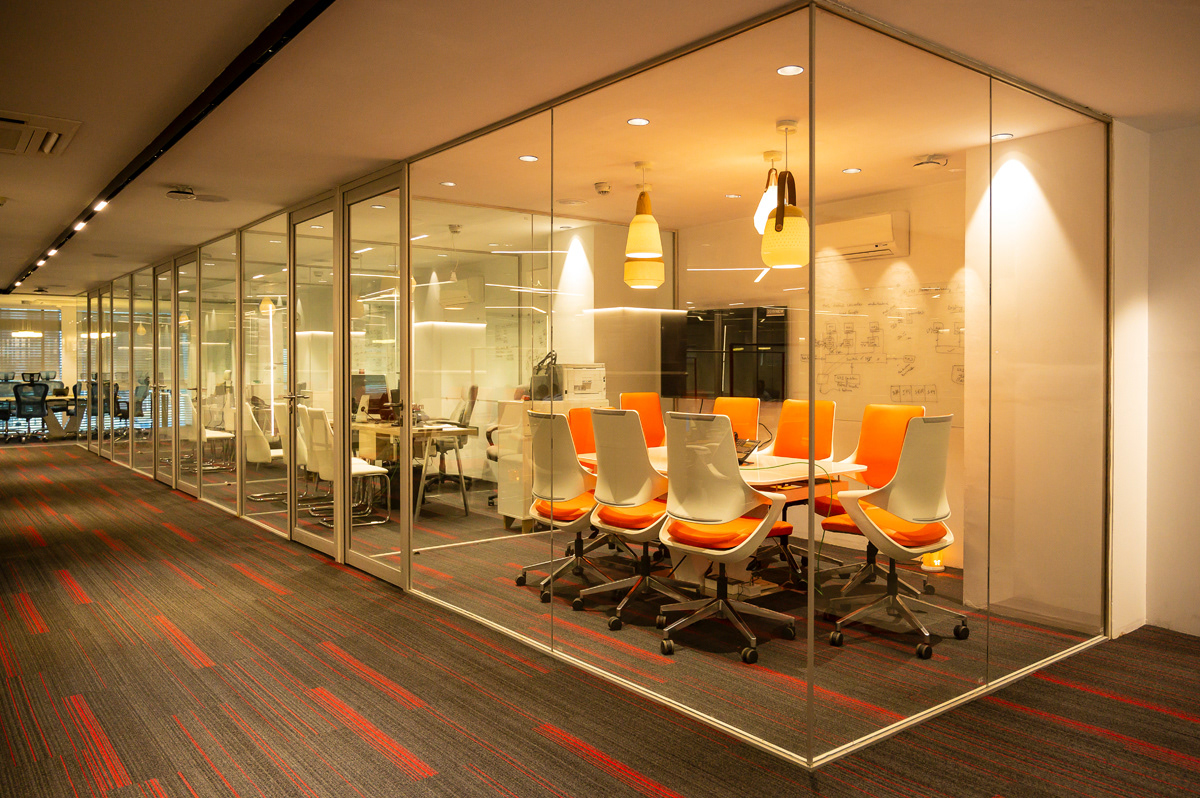
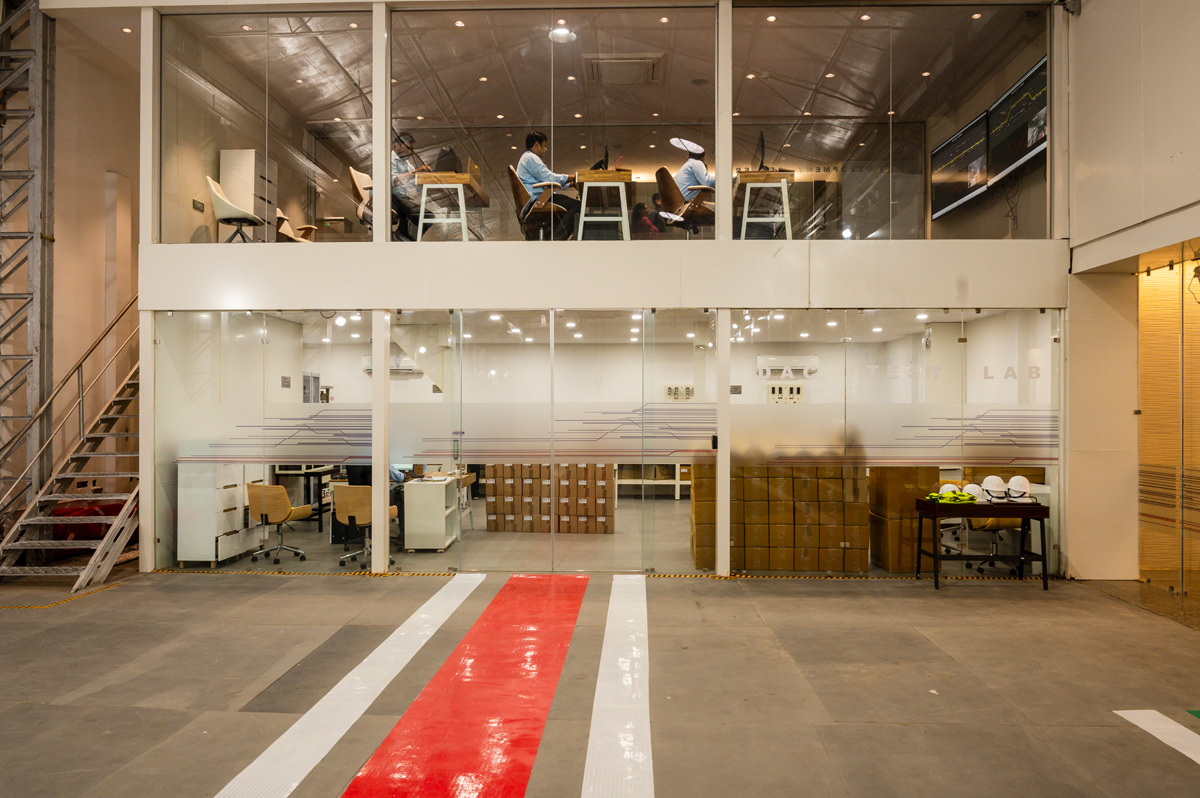
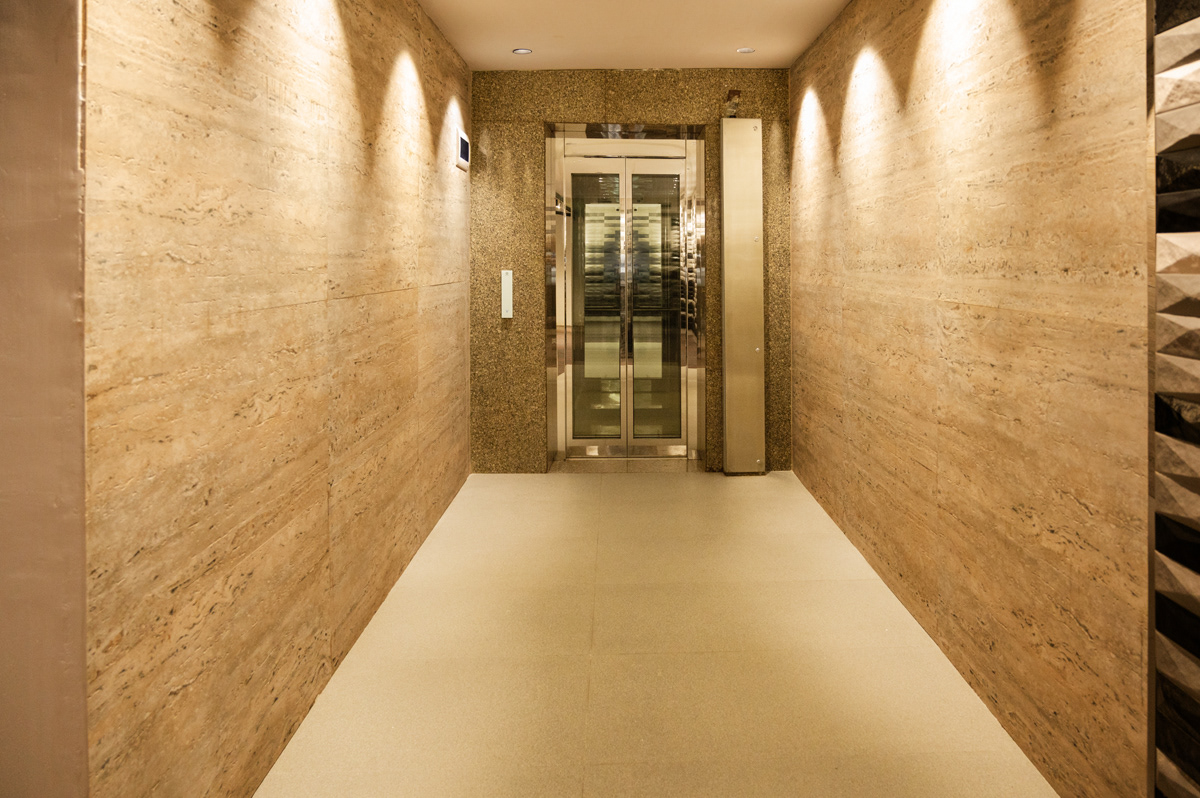
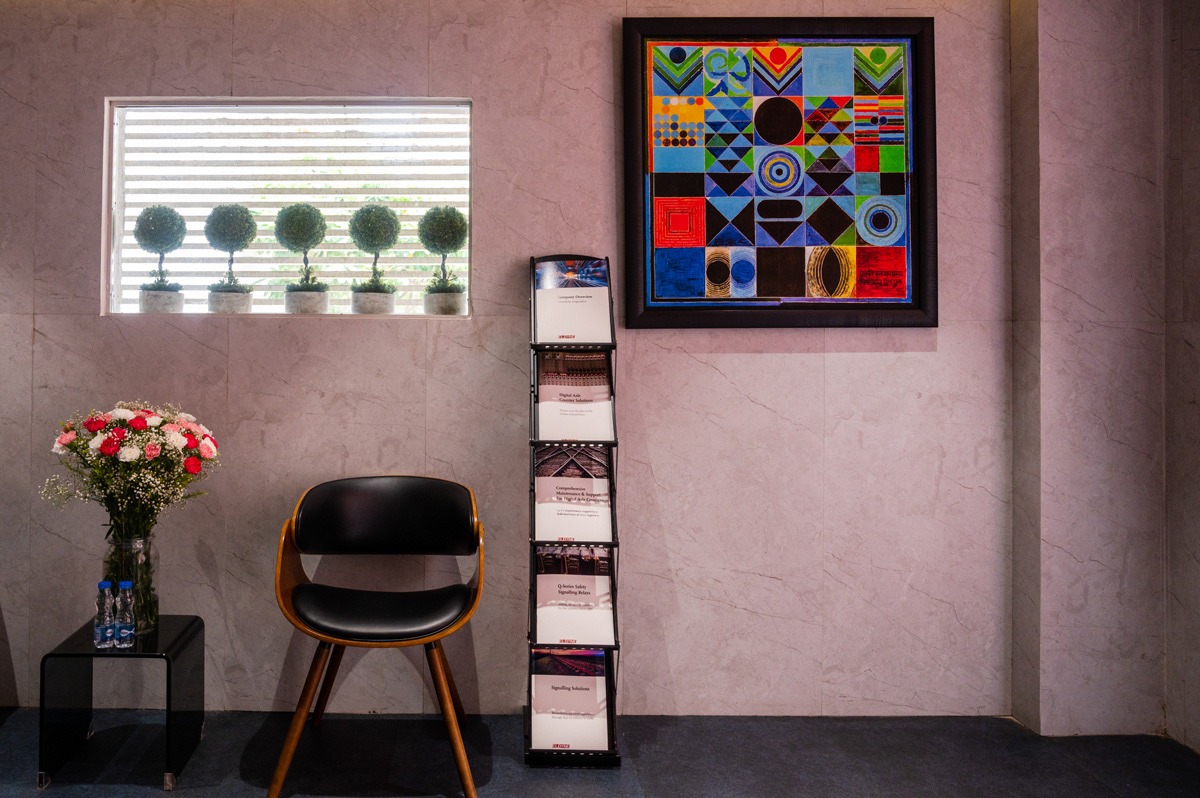
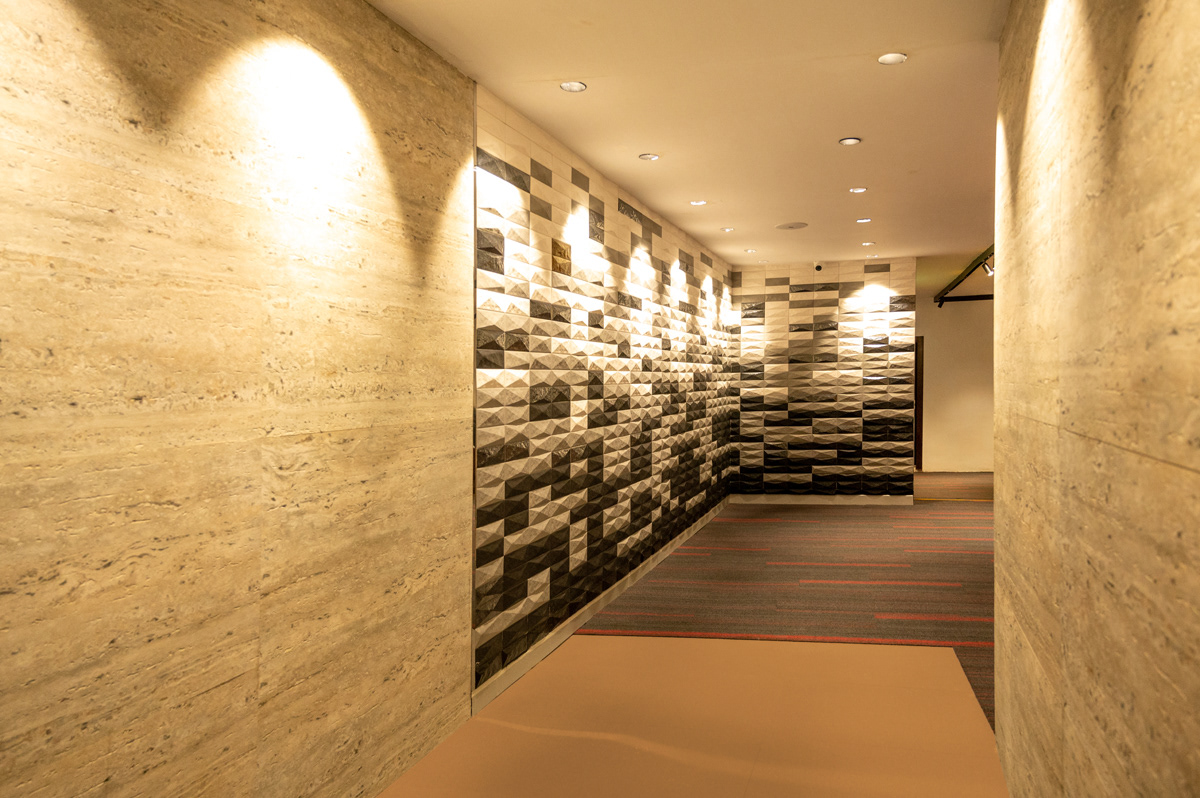
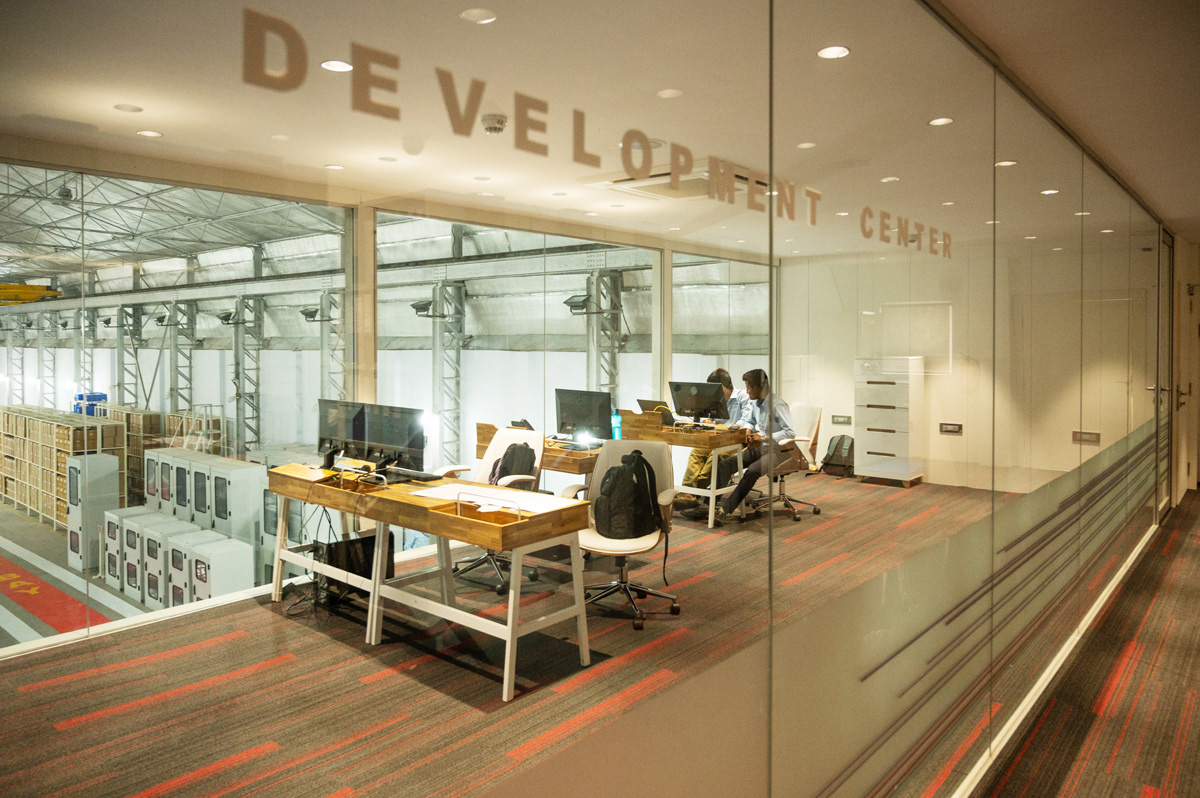
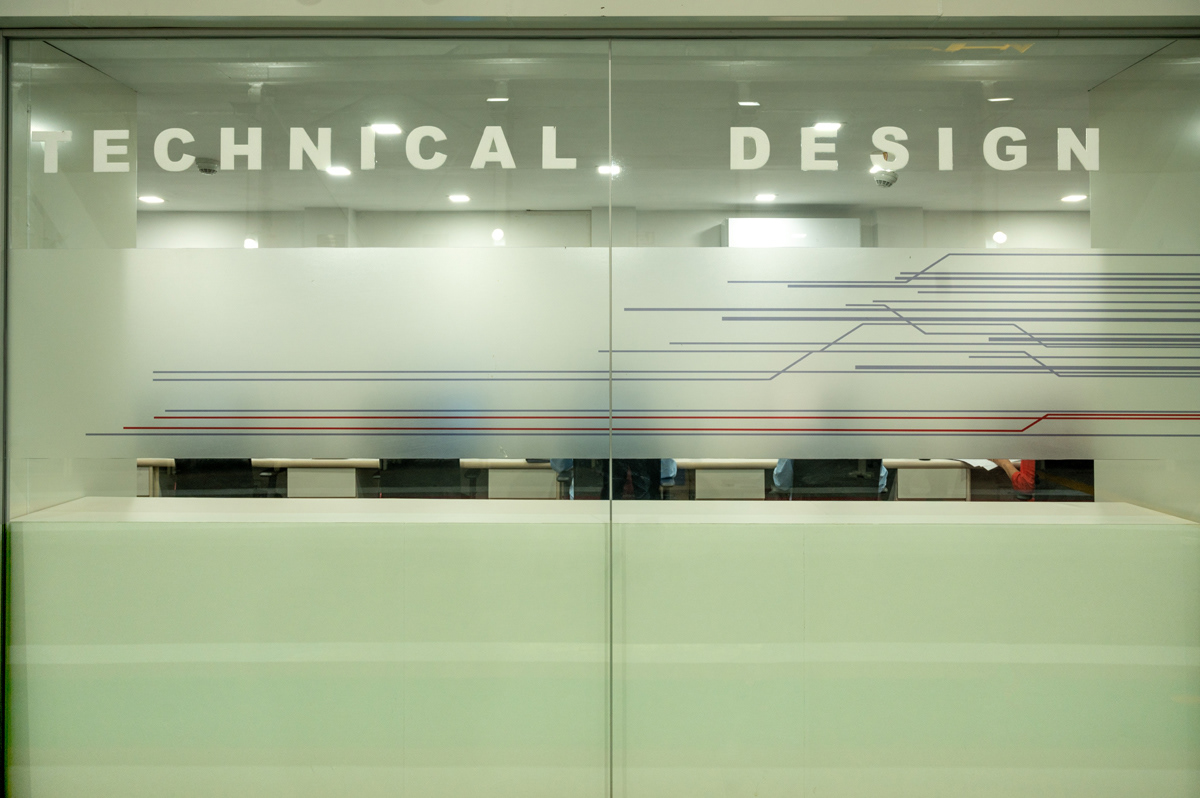
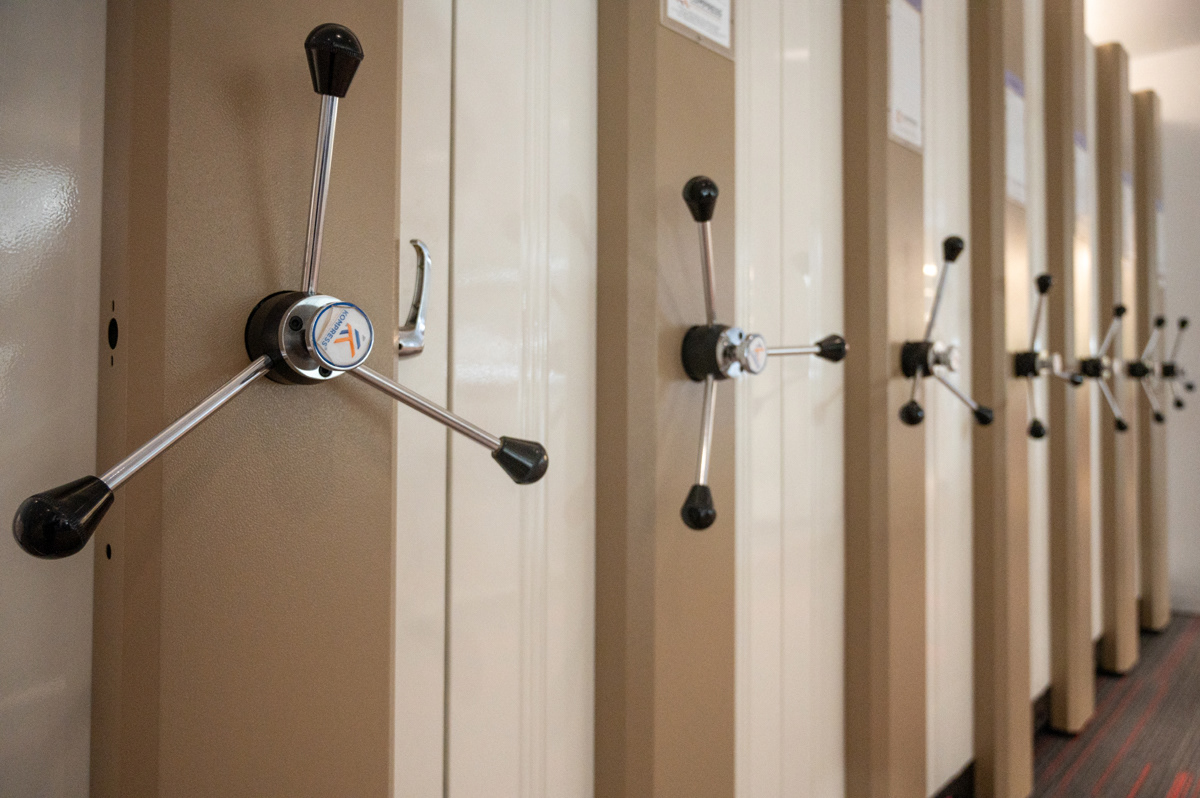
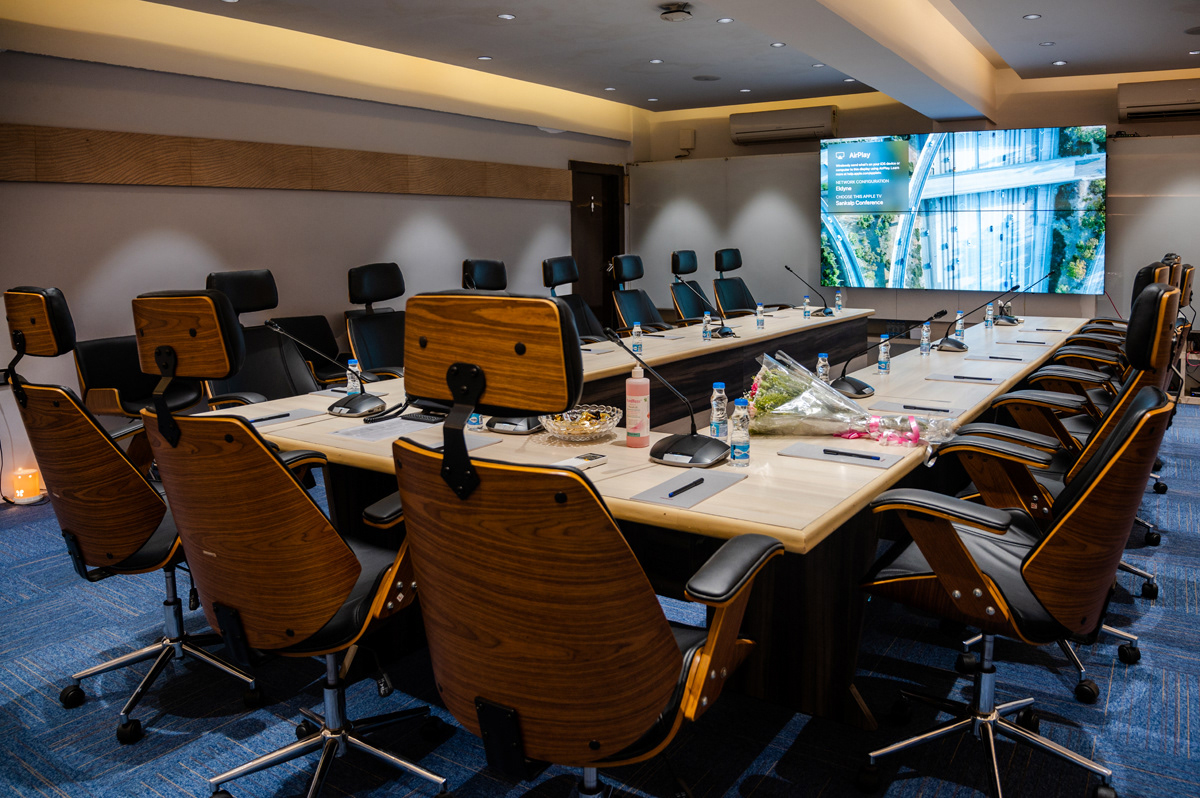
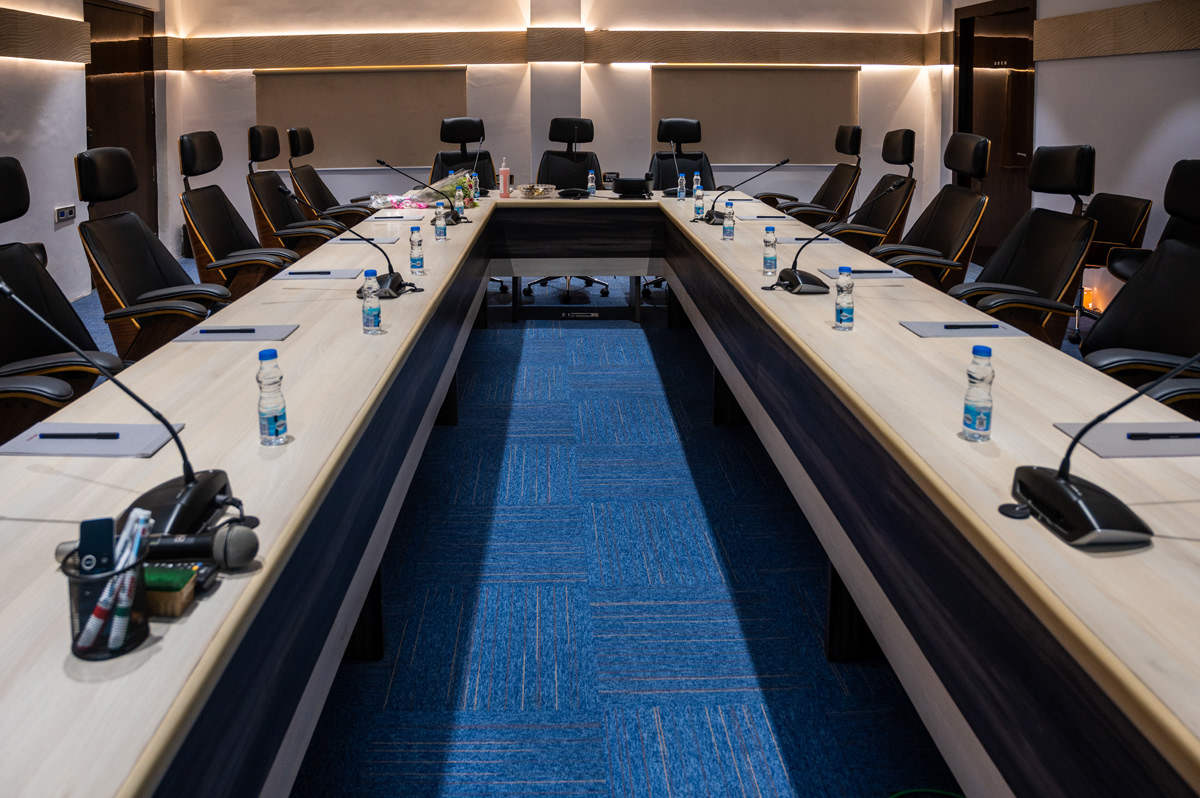
Demonstrating Corporate Interior Through Photography is a powerful way to showcase the essence of a business environment, communicating its ethos, culture, and functionality. Corporate interior photography is not just about capturing aesthetics, but also about reflecting the mood and purpose of the space. Here are a few key elements and techniques to consider when photographing corporate interiors:
1. Emphasizing the Space and Design - Corporate interiors are often designed to be both functional and visually appealing. When demonstrating this through photography, it's essential to capture the layout, architecture, and interior design details. Wide-angle shots work well for this, as they can show the entirety of a room, including furniture, lighting, and architectural elements such as columns, ceilings, and windows. The aim should be to highlight the flow of space and how the environment contributes to the company’s culture.
Shot Example: A wide-angle image of an open office space, showcasing workstations, communal areas, and meeting rooms. Soft lighting and balanced exposure help bring out the details of the furniture and decor without making the space look too stark or uninviting.
2. Focusing on Details and Texture - Corporate interiors are also about the materials and textures used in the design—whether it’s luxurious wood, glass partitions, or contemporary metal accents. Highlighting these details can add depth and interest to your images. Close-up shots of furniture, artwork, flooring, and lighting fixtures can emphasize the design sophistication of the space.
Shot Example: A close-up of a polished wooden table with reflections from natural light, or a textured rug in a reception area that adds warmth to the overall space.
3. Capturing Light and Ambience - Light is crucial in corporate interior photography because it affects the mood of the space. Natural light pouring in from large windows can create a warm, welcoming atmosphere, while artificial lighting like recessed ceiling lights or pendant lamps can bring focus and style. It's important to balance natural and artificial lighting to avoid harsh shadows or overexposed areas.
Shot Example: A well-lit reception area with soft sunlight streaming through the windows, casting natural shadows across the sleek desk and furniture. Alternatively, a modern conference room lit with a combination of overhead and task lighting, giving it a clean and professional look.
4. Showing Functionality in Action - To give a true sense of how a space is used, it’s often effective to include people in the photographs. This helps demonstrate the space's functionality—how it supports team collaborations, meetings, or individual work. Candid shots of employees interacting or working in their environments create a more dynamic and realistic portrayal of the interior.
Shot Example: A group of professionals gathered around a meeting table discussing a project, or an employee working at a desk with a laptop, showcasing the efficiency and productivity of the space.
5. Highlighting Brand Identity - Corporate interiors are designed to reflect the brand’s identity and values. Whether it’s through color palettes, artwork, logos, or furniture choices, these details should be incorporated into your photos. For example, vibrant corporate colors in walls, branding elements in meeting rooms, or branded furniture can be shown as a subtle yet effective connection to the company’s culture.
Shot Example: A minimalist breakroom with company-branded wall art or a lounge area with modern furniture and a subtle logo on the wall in the background.
6. Use of Angles and Composition - Varying your shooting angles can provide unique perspectives that enhance the space’s impact. Shooting from high angles can provide an overview of the layout, while low angles can emphasize the grandeur of architectural features like high ceilings or large windows. Symmetry and balance are important principles in corporate interior photography—whether it’s the alignment of desks or the symmetry of the building's design, maintaining clean lines and a sense of order in the composition reflects the corporate environment's professionalism.
Shot Example: A shot from above a meeting room table, showing the alignment of chairs and the space’s clean lines, giving a sense of organization and structure.
7. Post-Processing and Color Correction - In corporate interior photography, post-processing plays a key role in enhancing the final images. Brightening up dim areas, adjusting the white balance to reflect the true colors of the space, and sharpening certain details can help make the image more appealing. Colors should be true to life, with a professional, polished finish that doesn't distract from the space but enhances its features.
Shot Example: Adjusting shadows and highlights in the final edit to ensure the contrast between bright windows and darker corners is balanced, and using filters or contrast enhancements to bring out the design’s textures and materials.
Conclusion - When photographing corporate interiors, your goal is to tell the story of the space—its design, functionality, and how it contributes to the work culture. From wide-angle shots that show off the open layout to close-ups that highlight materials and textures, every frame should work to present the space in its best light. Incorporating people, lighting, and brand elements into your shots makes the space relatable and engaging, while keeping the overall aesthetic clean, professional, and reflective of the company’s ethos.
